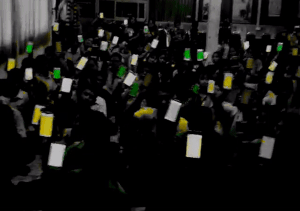There are two types of adjectives in Japanese: i-adj and Adj-na.
い-adj (i-adj ) always ends in い. They are mostly Japanese words. The last い is usually removed upon transformation.
な-adj (na-adj) does not end with な in their original forms, but な will be added when it connects to a noun. They are usually words from Chinese languages (Kanji). Some words may end in い, such as きれい (Kirei/綺麗); be careful, words that can be written in full Kanji like this are Adj-な. In addition, words from other languages and slang (those in Katakana) are also Adj-な.
Negative Form
い-adj: change い (i) to くない (kunai)
な-adj: add じゃない (ja nai)
E.g.,
Past Form
Some people consider the following transformation as “Past Tense,” which is generally correct. But in my opinion, they should be considered as transformation of adjectives into past form because these past-form adjectives can be used in present tense (discussed in future).
い-adj: change い to かった (katta).
な-adj: use だった (datta), or でした (deshita)
** Negative Adjectives are treated as Adj-い, therefore くない→くなかった (kunai→kunakatta), じゃない→じゃなかった (janai→janakatta)
** でした (deshita) can replace だった, if it is at the end of a sentence, to make a polite past tense.
** To make a sentence more formal, じゃなかった→ではありませんでした(dewa arimasen deshita)
Learn Vocabulary
https://www.youtube.com/playlist?list=PLB3Mq8bM3diGTsTlV2LrCtxF12bHIwgA8








